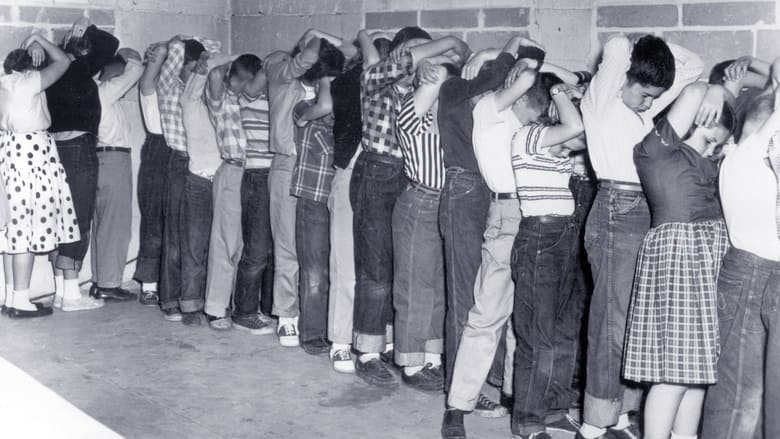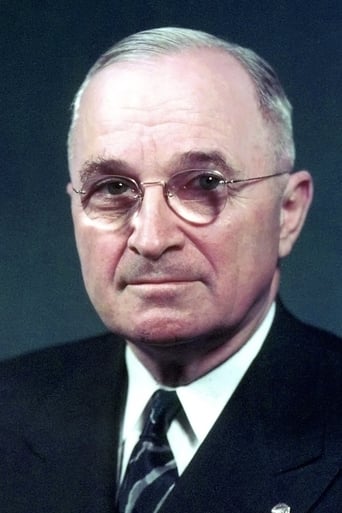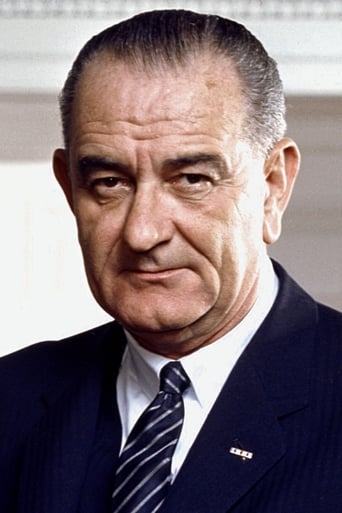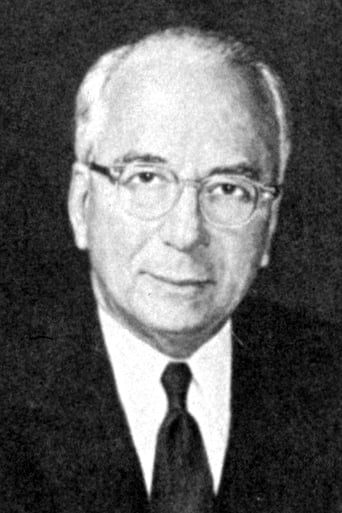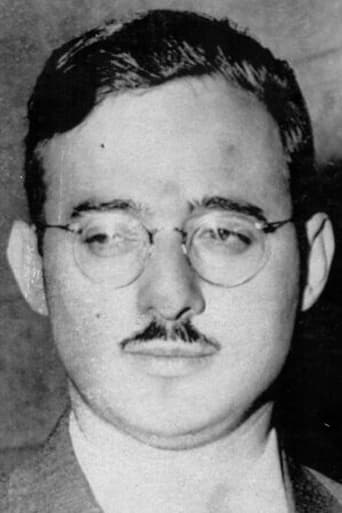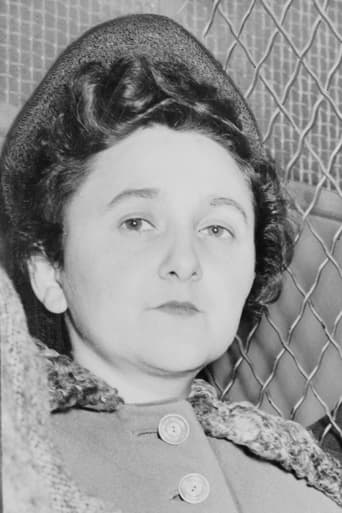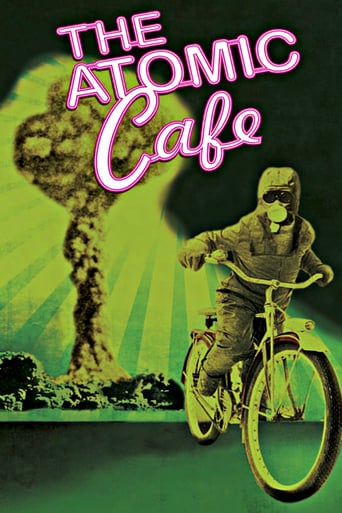
A disturbing collection of 1940s and 1950s United States government-issued propaganda films designed to reassure Americans that the atomic bomb was not a threat to their safety.
Similar titles
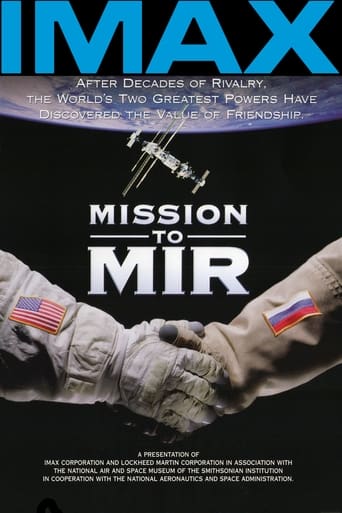
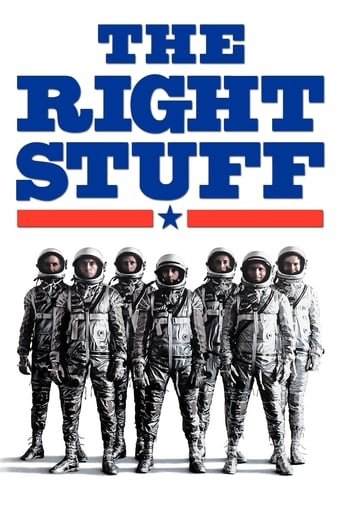
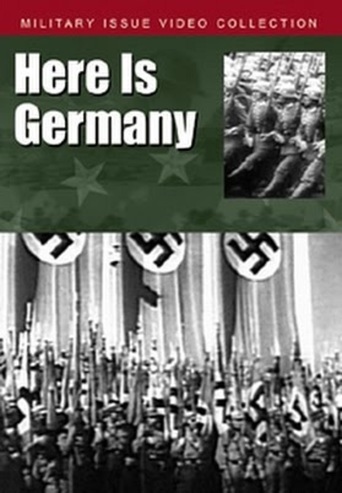
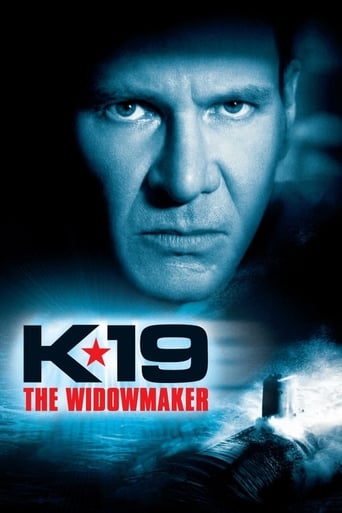
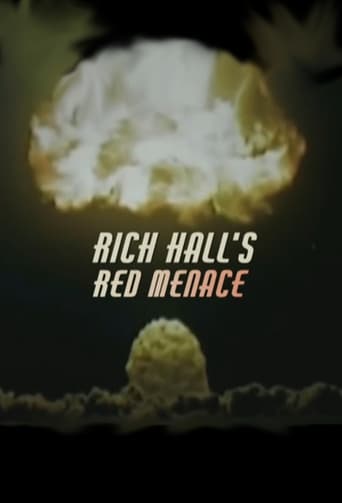

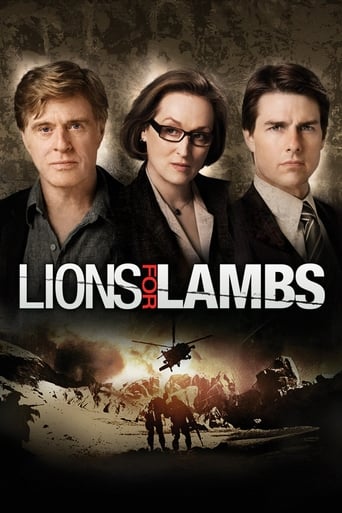
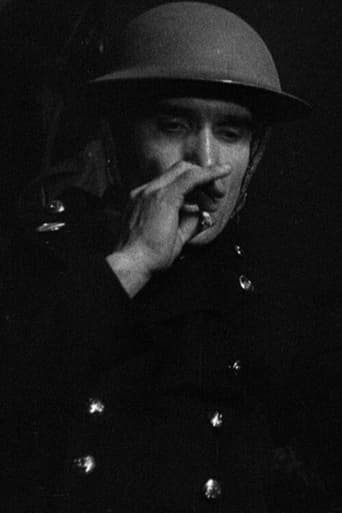
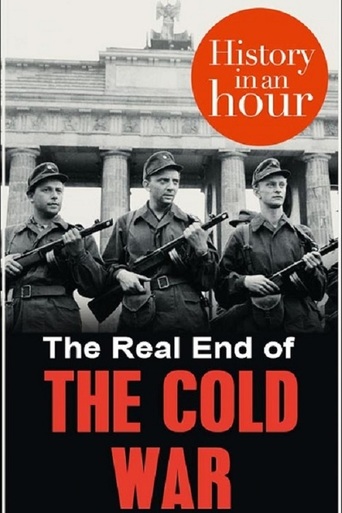

Reviews
Waste of time
Thanks for the memories!
Great Film overall
Clever, believable, and super fun to watch. It totally has replay value.
The idea of combining film from various sources to make something new is a controversial issue. Some people thinks it's stealing; while other people believe collage films like this, are masterpieces of film novelty. In my opinion, I'm one, for the latter argument since many of these propaganda films, TV programs, army and military training films, advertisements, film strips, newsreels, cartoons, government archival film, documentaries, civil defense films, anti-nuclear footage, public service announcements, educational films, and commercial stock footage are in the public domain. So I really doubt, any of this, is considered as stealing in the modern term. Then, there are those critics that says, that films like this, undermining the original message, in which, the original film footage was trying to tell. While, it's true, I haven't saw, many of these film archives on their own, before in my life; so, I wouldn't know, what their original intention were really about, however, I do love, the way, this movie consistent edit all of those found footage from disparate sources into one film to prove that life in the 'Atomic Age' was somewhat comical, despite the era being ride with paranoia, anxiety and misapprehension. I saw, 'the Atomic Café' as a funny, but also an eerily look into the nostalgia of 1940-1960s Cold War. The film's satire shines best, and most vividly in the clever image splicing of the cheerful 1952's animation film, 'Duck and Cover', with that the misinform 'Army Training Videos', which state out, soldiers and Bikini islanders would be alright to return to destructive bomb sites, without getting much radiation. Its shows, how inexperienced and naïve people still were, after ten to 20 years after the horrors of the nuclear bombing of the Japanese towns of Hiroshima & Nagasaki, during World War 2. I know, it's a bit hypocritical to laugh at people from yesteryear, when we still, repeating some of the same mistakes, in today's world, but some of the examples, I brought up, here, are just too hilarious, not to give a few chuckles. The movie is just way too entertaining. In my opinion, I thought that directors, Jayne Loader, Kevin Rafferty and Pierce Rafferty and their team of film editors and researchers did a great job. After all, this movie was made in the early 1980s; where old film footages isn't as easy to find, as it is, today's work. There was no internet, back then, to share film files with; every film archive had to be search and noted for similarities. I heard, that makers of The Atomic Cafe sifted through thousands of feet of Army films, newsreels, government propaganda films and old television broadcasts to come up with 86 minutes of material for their movie. That's pretty impressive at the time. It's also remarkable that all of this, is presented without any new talking narration, or talking-head interviews to push the narrative along. Even, the vintage songs match, the era in which this movie, is trying to portray. It was very whimsical and yet so razor-sharp accuracy. No wonder, why this movie took five years to make. I just surprised that this documentary wasn't nominated for Academy Award for Best Documentary Feature in 1982; because it should had. If the movie had any faults; it's the lack of seeing what the views of the Soviet Union was going through, during that same era. I know, Soviet Union film footage and newsreels is hard to come back, at that time; but just think, if this movie had some of those. It would make a more well-rounded film. I would love to see more scenes like the 1959's Kitchen Debate, between Vice President, Richard Nixon & Soviet Premier, Nikita Khrushchev or something similar to that. Another fault of the film is the movie doesn't talk much about the early 1960s Cold War attitudes. I think, those events would still, fit with the nostalgia cold war tone of the film. It would be nice to see them, to cover the U-2 incident, the Berlin Wall Build up, the Cuba Missile Crisis and the Space Age. My only guess, in why this movie, didn't show that, was because, those events were too tense to make fun of. However, in my opinion, it would still work. After all, this film, did showcase, some dark events like the Korea War, the trials of Julius and Ethel Rosenberg, and others. So, I don't see, no reason, why they couldn't add those 1960s events in. Despite that, the Atomic Café did serves up a revealing, somewhat informative hot cup of Cold War history. Overall: Atomic Café was da-bomb! The film was immensely enjoyable. I recommended watching to anybody who is a Cold-War junkie. It will warm your heart.
Comprised of extraordinary newsreel footage, propaganda movies, classroom scare films (the notorious "Duck and Cover" with Bert the Turtle rates as an absolute riot of jaw-dropping idiocy), and military training pictures from the 1940's and 1950's, this genuinely alarming, yet still absorbing and often darkly amusing documentary paints a damning portrait of government duplicity and civilian complacency as Uncle Sam and the media alike spoon feed the gullible American public all kinds of gross misinformation about the severe after effects of the atomic bomb as well as go out of their way to present the communist nation of Russia as a dire threat to the American way of life in order to justify the necessary existence of nuclear weapons. The chilling footage of the actual devastating consequences of radioactive fallout offers a startling contrast to all the outright lies told by assorted cheery authorities and so-called hopelessly clueless experts throughout. Further galvanized by a neat array of catchy'n'jaunty songs, with a wondrous wealth of dark humor bubbling just underneath the deceptively merry surface, and an admirable dearth of narration (the numerous clips tell their own frightening story about the shocking uneasiness and irrationality beget by rampant paranoia all too well on their own), it's both hilarious and horrifying in equal measure.
The movie's a quirky documentary assembled from news clips from the '40's and '50's, showing how Americans learned to live with The Bomb if not exactly love it. It looks like the clips are selected with the idea of justifying The Bomb's existence, and then soft-pedaling its destructive power. Of course, the black humor lies in showing that destructive power in the leveled cities of Hiroshima and Nagasaki and then contrasting that with anemic defensive measures like the infamous Duck and Cover. Naturally, some sort of civilian measures became necessary once the Soviets came up with their version of the A- bomb making nuclear war a real possibility.As a result, politicians and the Pentagon had a big challenge convincing the public not to seek nuclear disarmament as one way of dealing the problem. So, we see efforts to demonize our former ally, the Soviets, plus our own disarmament advocates, in pretty crude terms. Then there are efforts to calm public anxiety through counter-measures, such as bomb shelters and gas masks, along with Duck and Cover. Also, there's considerable grim humor in the way commercial culture trivializes the threat by naming drinks and cafés after The Bomb. After all, what would pack a bigger advertising wallop than a few thousand tons of exploding TNT.Anyway, the movie uses irony and black humor to convey a pretty good sense of an anxious period.(In passing-- Even though we've managed to dodge the nuclear bullet for 60-odd years, it's best to keep in mind that fateful day in 1962, when only a Soviet submarine commander's refusal to press the nuclear button stood between us and a real test of Duck and Cover. For confirmation of this little known fact, Google "soviet submarine commander cuban missile crisis", or "vasili arkhipov" for details.)
With the current regime threatening the nuclear option in the middle east, I hope that this documentary sees a new audience. I remember finding a pamphlet showing what would happen if LA was bombed. In our circle, we would have experienced some physical affects, but not immediate death. As a 6 year old reading that I thought of my grandparents who lived in the inner circle. The stilted, self-satisfied voice-over readers, and the juxtaposition of real bomb footage and stranger than fiction instructional films is surreal. The duck and cover segment, well, we had to do that at school. Surely we are not operating under the same misconceptions that a nuclear strike is sanitary. This is really a historic document.
Top Streaming Movies











